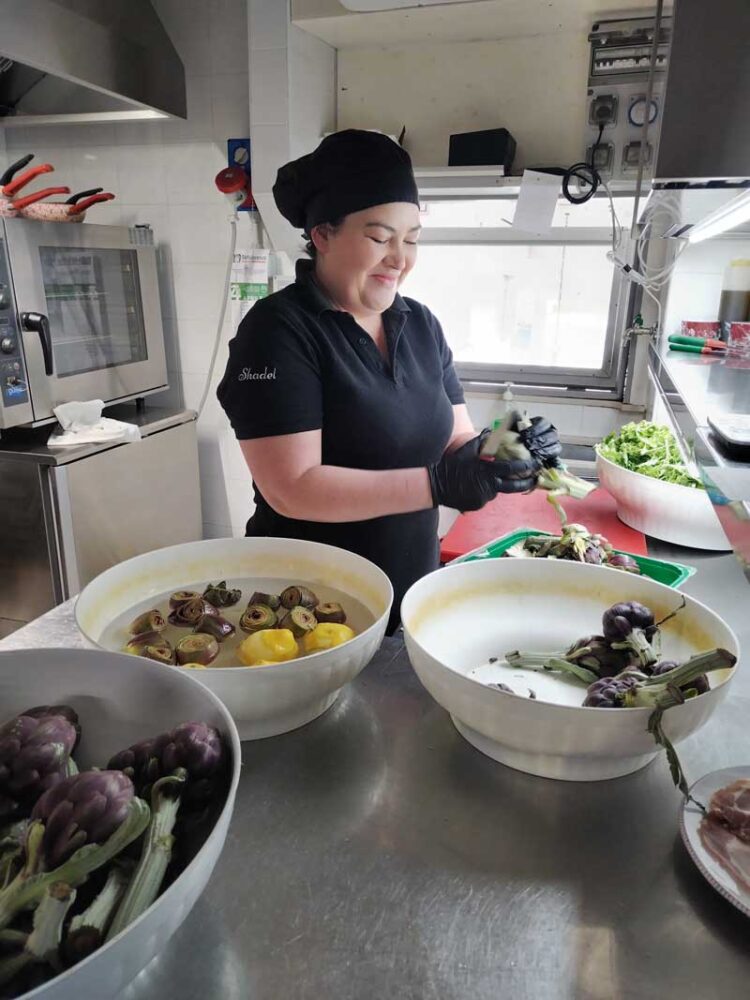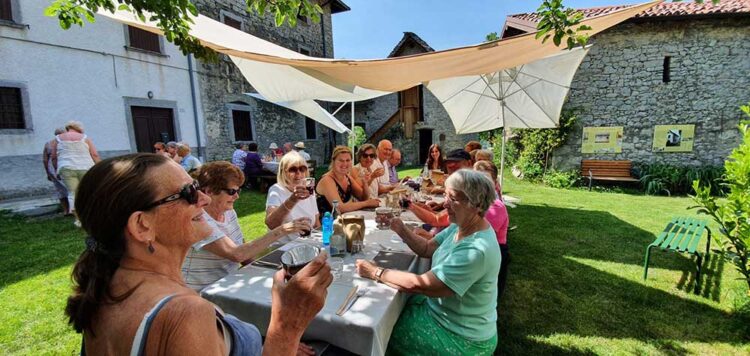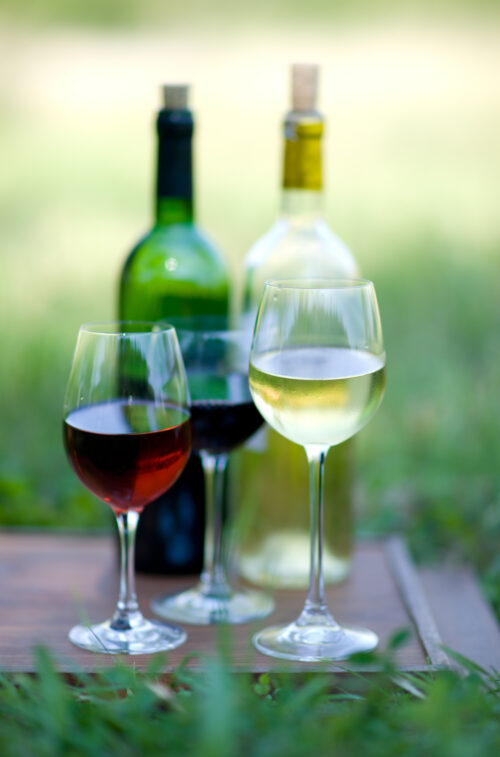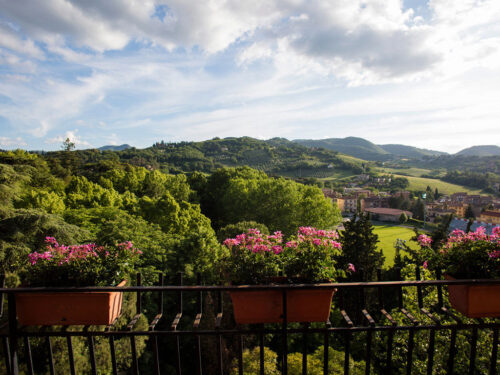What foods are Italy known for?
Ask anyone what food Italy is known for, and you’ll hear the usual suspects: pizza, pasta, gelato, and espresso. All true – but that’s a common misconception. Italy isn’t defined by dishes alone; it’s defined by an approach to food built on generosity and the season’s freshest offerings.
In the family-run kitchens Magari visits, the cook decides what’s best, and your job is simple: show up hungry. You could be enjoying handmade tagliatelle with mushrooms foraged that morning, or fish grilled just hours after being caught. That’s why the menu isn’t printed, as it’s whatever’s fresh, whatever’s in season, and whatever the cook’s hands know best, also known as “from plot to plate”…
In Paul’s words:
“This is the real Italy…where the locals come to eat… where there are no menus …but only the very best daily fresh produce.”
What is the national food of Italy?
Italy doesn’t have a single national dish. Instead, it’s made up of regions, each fiercely proud of its own flavours and ingredients. So, what are the distinct culinary differences between Northern, Central, and Southern Italy?
Northern Italy favours butter, cream, and hearty mountain cheeses. Think of the famous risotto in Lombardy, polenta in the Alps, rich braised meats in Piedmont. Central Italy leans on olive oil, beans, and game – ribollita in Tuscany, wild boar in Umbria, pecorino in Lazio. Down south, dishes are brighter and sharper: tomatoes, citrus, seafood, and chilli – flavours that taste of sun and sea.
That’s why Magari’s tours move through Italy like a culinary map. One night, you’re in Lombardy, tasting risotto made with rice from the Po Valley. A few days later, you’re in Sicily, enjoying grilled swordfish with capers, lemon, and olive oil so green it almost stains the plate. Italian flavours change every few dozen miles – and that’s the point. Authentic Italian food is proudly local and utterly unmissable.
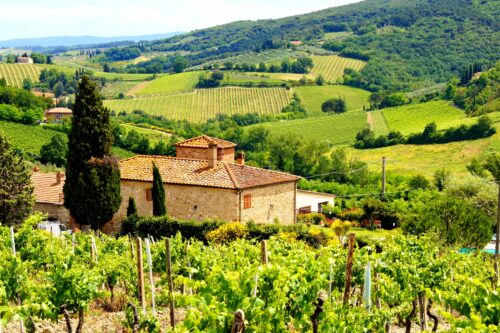 https://www.magaritours.com/wp-content/uploads/2024/01/Tuscany-Italy-500x333.jpg
Tuscany, Italy. A typical view of a villa and rolling Tuscan countryside with vineyards all around.
https://www.magaritours.com/wp-content/uploads/2024/01/Tuscany-Italy-500x333.jpg
Tuscany, Italy. A typical view of a villa and rolling Tuscan countryside with vineyards all around.



